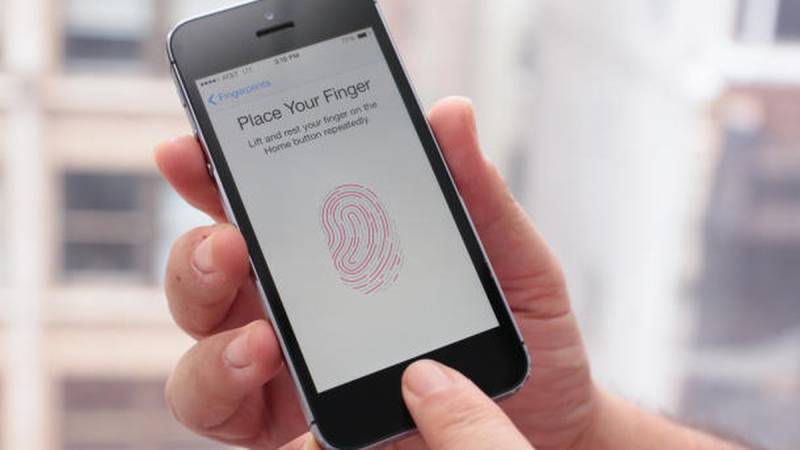It can be aggravating enough to have your phone stolen, let alone when the burglar steals your apps and reduces your bank accounts.
The latest feature on the iPhone tries to shield you from future problems, even though you still run the risk of losing or having your phone stolen. With Apple’s latest version of Stolen Device Protection, it is now more challenging for a third-party individual to access and change sensitive information, such as Face ID or passwords.
This feature was introduced late last year and comes with the iOS 17.3 software update. It was made possible by a Wall Street Journal study that showed how easily crooks were exploiting iPhone owners. On Monday, users began to receive the update.
Scammers could previously disable anti-theft features like Activation Lock and Lost Mode by getting their hands on an iPhone user’s passcode or an unlocked phone. Additionally, thieves might take control of your phone and possibly your payment and banking apps by using your current passcode or updating Face ID to their own.
This is the goal of stolen device protection, and this is how you can turn it on for your phone.
Keep your phone close and sensitive information closer
When you activate the Stolen Device Protection function, your phone will have extra security when it is in a strange place. This means that instead of enabling you to access with just a passcode, some actions—like accessing your stored passwords and payment information—will require Face ID or Touch ID.
A security delay feature will be included in other actions, such updating your Apple ID password, which will prompt the user to re-verify the change using Face ID or Touch ID one hour after the initial change request.
The idea of this is to make sure that a burglar is unable to use your fingerprint or face to unlock your phone and then flee, free to carry out additional security tweaks and stop you from remotely protecting your phone using features like Lost Mode.
You won’t need to take these additional measures if your phone is at a familiar setting, such as your home or place of work.
Android devices come with an anti-theft function that, when enabled, requires users to enter their Google ID account and password in order to reset the device, which is useful for people who don’t own iPhones. Users can remotely wipe their phone or stop it from being reactivated without the owner’s consent if their phone is stolen when this option is enabled.
Like with iPhones, an Android thief would require the PIN, unlock pattern, or password in order to update registered faces or fingerprints for the purpose of unlocking apps on the phone.
How to turn on Stolen Device Protection
You must ensure that the software on your iPhone is updated to iOS 17.3 or later in order to use Stolen Device Protection. You can then take the following actions:
- Go to Face ID & Passcode
- Enter your passcode
- Tap “turn on Stolen Device Protection”
To disable Stolen Device Protection, simply follow the same instructions. However, if you are in an unknown place, the security delay function will kick in, and your phone will prompt you to re-verify your identity after an hour.
It is advised by Apple that consumers disable this feature before they trade in, sell, or give away their iPhones.
- Top 5 Most Respected Countries in Asia in 2024 - July 27, 2024
- Top 5 Health Insurance Stocks to Add to Your Portfolio - July 26, 2024
- 7 Reasons Edamame is Great for Your Health - July 26, 2024





